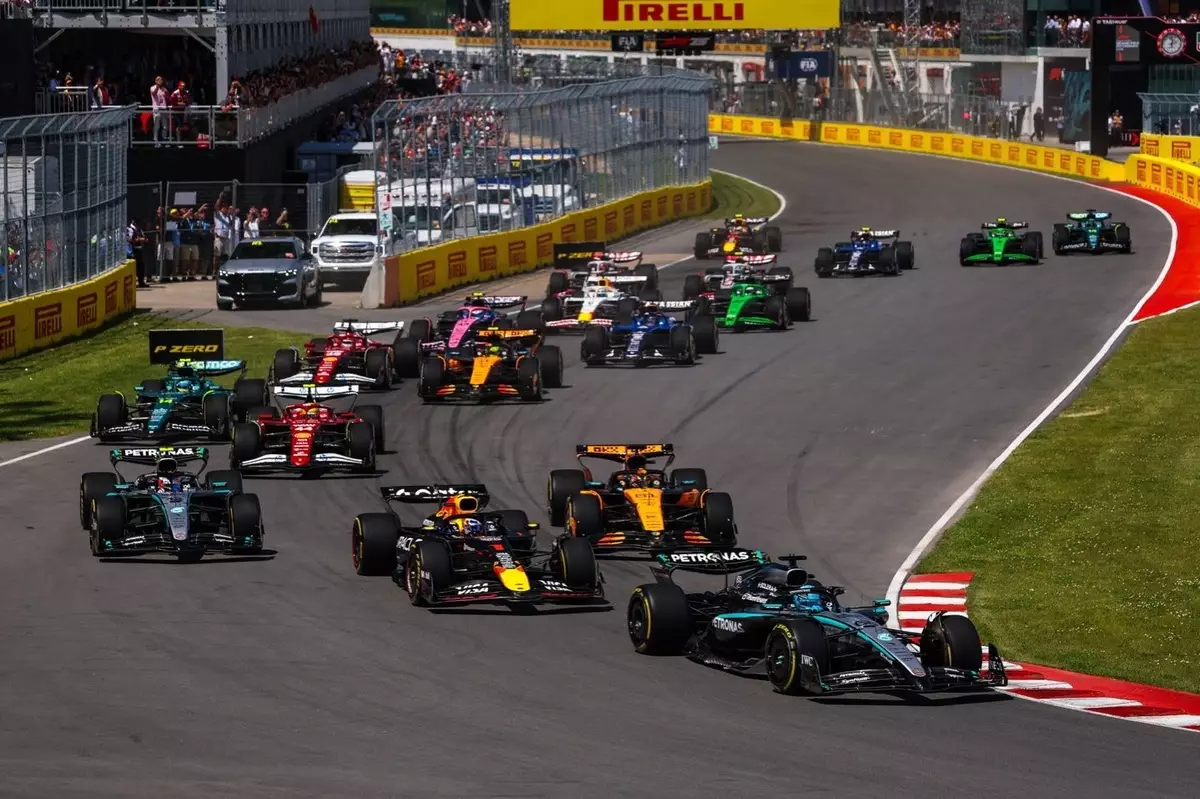The recent unveiling of the FIA’s updated Formula 1 racing guidelines marks a pivotal moment for the sport, emphasizing a shift toward transparency that fans and drivers have long desired. Amid a backdrop of ongoing debates about fair racing conduct, especially following contentious incidents from the previous season, these new guidelines aim to clarify the parameters for racing behavior. With major alterations set to take effect in the 2025 season, the governing body has taken a significant leap by making these documents publicly available for the first time.
Prior to this move, the F1 racing guidelines were shrouded in mystery—hidden behind the closed doors of the FIA’s offices, prompting a significant outcry for accountability from various stakeholders within the sport. Drivers, fans, and teams alike have called for clearer protocols, particularly when it comes to managing on-track incidents and penalties. With this publication, the FIA is taking strides to address these concerns directly, indicating an acknowledgment that transparency is no longer optional but an essential component of modern motorsport governance.
Key Changes in Overtaking Guidelines
One of the most noteworthy aspects of the new guidelines pertains to overtaking maneuvers, which have historically been a hotbed of controversy. The document elaborates on the expectations for both inside and outside overtakes, outlining specific conditions under which a driver is entitled to racing space. For instance, when overtaking on the inside of a corner, a driver must ensure that their front axle is at least alongside the other car’s mirror before reaching the apex. This requirement emphasizes the need for a fully controlled maneuver and suggests that drivers cannot merely “dive in” with reckless abandon.
In contrast, overtaking on the outside is described as a more challenging maneuver, placing the onus on the overtaking driver to be ahead at the apex. Such distinctions underscore the FIA’s intent to reward skillful driving while simultaneously attempting to mitigate collisions that arise from ambiguous racing situations. The guidelines also incorporate nuances specific to chicanes and S-bends, indicating that stewards will give priority to the first element of a corner in assessing incidents.
While these guidelines aim to clarify racing conduct, there exists a fine line between guidelines and regulations. The FIA has been candid in stating that these are merely aids for the race stewards, who retain the discretion to assess incidents on a case-by-case basis. In doing so, the FIA reinforces its commitment to a contextual understanding of racing dynamics.
The Role of Steward Autonomy
One of the most promising features of the updated guidelines is the enhanced focus on the factors that stewards will consider when making their judgments. The FIA has introduced a framework through which stewards analyze incidents based on elements such as braking behavior, corner entry, and even car handling characteristics, such as understeer or oversteer. This holistic approach acknowledges the complexities of racecraft and recognizes that incidents cannot be viewed in isolation.
However, the question remains: will this level of autonomy for stewards lead to greater consistency in decision-making? Past seasons have seen substantial variability in penalties, which often left fans and teams frustrated and confused. The introduction of these guidelines is a step in the right direction, yet uniformity in enforcement is crucial for instilling confidence across the grid. If stewards can effectively adapt these guidelines while also holding themselves accountable to them, the potential for fairer racing outcomes would significantly increase.
Voices from the Pit Lane
The reactions to these new guidelines have been mixed, with notable figures like Mercedes driver George Russell pointing out the importance of transparency within the sport’s governance. Russell’s statement that “greater transparency is an important issue” captures the sentiment of many who have been vocal against the murkiness surrounding stewardship decisions. His position as a GPDA director gives weight to these concerns, reflecting a broader desire among drivers to ensure that the integrity of the sport is upheld through clearer communication and governance standards.
As we look ahead, the implementation of these new guidelines signifies a critical push for reform within Formula 1. It is a landscape that requires not only clarity but also an unwavering commitment to fair play. The journey toward this ideal will be challenging, but with continued advocacy for transparency, the sport stands to gain significant ground. The onus now lies on the FIA and race stewards to elevate Formula 1 into a new era of accountability and excitement where every racing incident is evaluated with precision and fairness.

